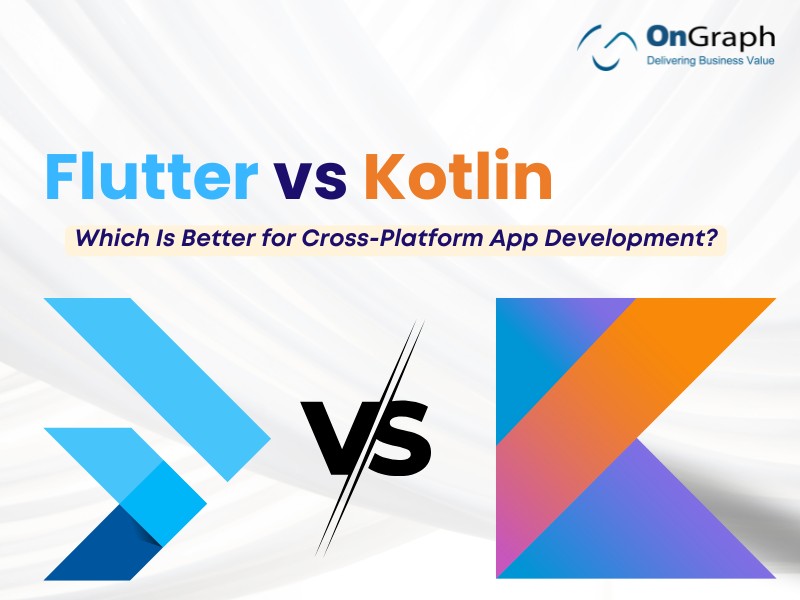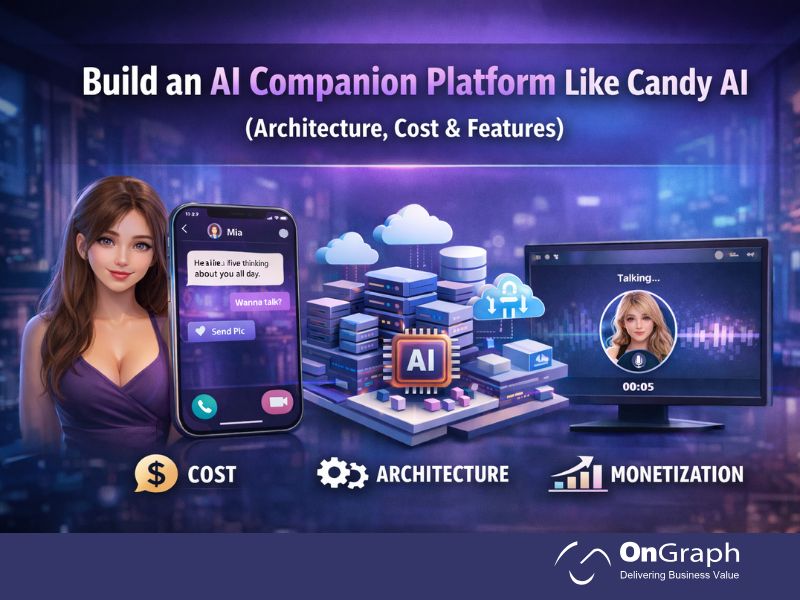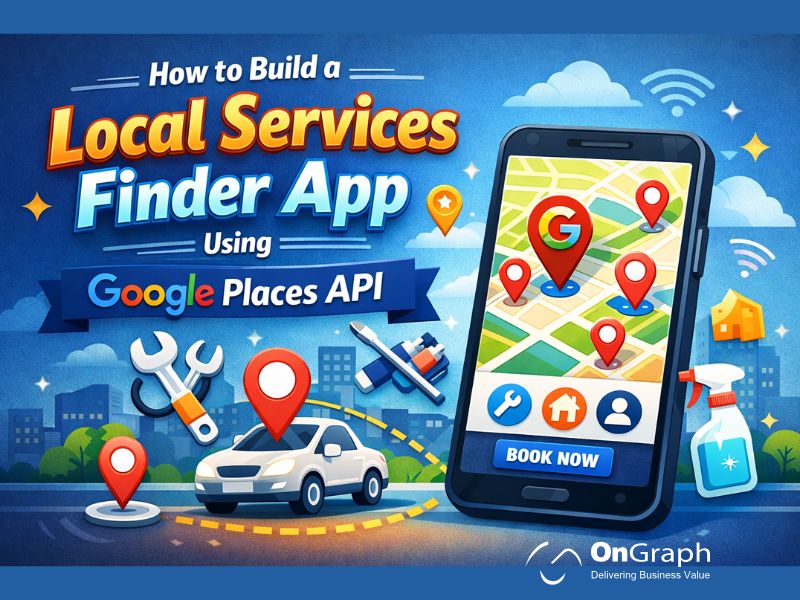In this article
- What Is Flutter?
- What Is Kotlin Multiplatform?
- Flutter vs Kotlin: A Quick Comparison
- Kotlin Multiplatform vs Flutter: When to Use Which?
- Real-World Case Study: E-Commerce App Development
- Performance: Flutter vs Kotlin Multiplatform
- UI/UX Flexibility
- Developer Availability & Learning Curve
- Integration with Backend: Ktor Makes Kotlin Shine
- Flutter vs Kotlin Multiplatform: Summary
When planning a new mobile app in 2025, one of the biggest decisions you’ll face is choosing the right framework. Two strong contenders are Flutter and Kotlin Multiplatform. Each has its own strengths, and your choice can impact your development time, app performance, and long-term scalability. In this blog, we’ll compare Flutter vs Kotlin, look at real-world examples, and help you decide what’s best for your business.
What Is Flutter?
Flutter is an open-source UI framework created by Google. It allows developers to write one codebase that runs on Android, iOS, web, and desktop platforms. Flutter uses the Dart programming language and includes everything needed to build attractive and high-performance UIs.
Stat: According to Stack Overflow’s 2024 Developer Survey, Flutter is one of the top 5 most loved cross-platform frameworks, used by over 12.5% of professional developers.
What Is Kotlin Multiplatform?
Kotlin Multiplatform (KMP) is a technology from JetBrains that enables code sharing between platforms. You can share business logic across Android, iOS, web, and even backend (with Ktor) using Kotlin.
While the UI for iOS and Android is written separately, Kotlin Multiplatform allows developers to reuse core application logic, reducing code duplication and maintenance cost.
Build fast, powerful apps with Flutter or Kotlin
Flutter vs Kotlin: A Quick Comparison
| Feature | Flutter | Kotlin Multiplatform |
| Language | Dart | Kotlin |
| UI Approach | Single codebase (custom widgets) | Native UI for each platform |
| Performance | Near-native | Native |
| Community Support | Large and growing | Smaller, but active |
| Learning Curve | Moderate | Low (for Kotlin developers) |
| Backend Integration | Through APIs | Built-in with Ktor |
| Development Speed | Fast (one UI codebase) | Moderate (UI coded separately) |
| Popular Use Cases | Startups, MVPs, UI-heavy apps | Enterprise, logic-heavy apps |
Kotlin Multiplatform vs Flutter: When to Use Which?
Choose Flutter if:
- You need to build an MVP or prototype quickly
- The app has a highly customized UI
- You want faster time-to-market
- You’re looking for Flutter App Developers for Hire for both Android and iOS with one skillset
Choose Kotlin Multiplatform if:
- You’re building a large-scale enterprise app
- You already use Kotlin for your Android backend
- You need to share logic with the server (e.g., using Application Development Services with Ktor)
- You have separate UI teams for Android and iOS
Real-World Case Study: E-Commerce App Development
A retail company wanted to launch a shopping app on both Android and iOS within 4 months. They considered Flutter vs Kotlin Multiplatform. Their requirements included:
- Custom UI animations
- Frequent updates
- Fast development
Solution:
They chose Flutter because it allowed them to build both platforms with one team. The app was launched in 3.5 months, and updates were pushed regularly without needing separate iOS/Android cycles.
Result: The app achieved 25K+ downloads within the first month and a 4.6-star rating on both app stores.
If they had chosen Kotlin Multiplatform, the UI would have needed to be built twice, slowing down delivery.
Start your app with the right tech.
Performance: Flutter vs Kotlin Multiplatform
- Flutter offers near-native performance thanks to its Skia rendering engine, but it may use more memory due to custom UI rendering.
- Kotlin uses native UI components, resulting in better performance on older devices.
In terms of runtime speed, Kotlin has a slight edge, especially when apps require intensive computations or integration with platform-specific features.
UI/UX Flexibility
- Flutter gives you full control over the UI with customizable widgets. It’s ideal for apps like dating platforms, eCommerce, or fintech where design matters a lot.
- Kotlin Multiplatform relies on native UI, so iOS and Android apps can feel more “platform-native” to users.
Also read- Why Choose Flutter for Dating App Development in 2025?
Developer Availability & Learning Curve
Finding Flutter App Developers for Hire is easier now than ever. Many developers have shifted to Dart + Flutter because of its cross-platform power.
On the other hand, if your team already uses Kotlin for Android or backend (with Ktor), then adopting Kotlin Multiplatform will be smoother and require less onboarding.
Integration with Backend: Ktor Makes Kotlin Shine
One major advantage of Kotlin is its ecosystem integration. When using Application Development Services with Ktor, you can share code between the mobile app and the backend — leading to a more unified development process.
Flutter, by contrast, depends on external REST APIs or GraphQL integrations, and its backend code is typically built in another language (e.g., Node.js or Python).
Flutter vs Kotlin Multiplatform: Summary
Both Kotlin Multiplatform vs Flutter are great choices. Your decision should depend on your project goals:
| Use Flutter | Use Kotlin Multiplatform |
| For startups and MVPs | For enterprise-grade apps |
| When UI/UX is a top priority | Performance and native feel matter |
| When hiring one team to build Android + iOS apps | When your backend is in Kotlin or using Ktor |
| For rapid prototyping and faster updates | For long-term scalability and shared logic reuse |
At OnGraph, we provide expert-level services as a Flutter App Development Company and have strong capabilities in Kotlin backend and frontend development as well. Whether you want to build a modern app with Flutter or need end-to-end Application Development Services with Ktor, our team can help you succeed.
FAQs
The primary difference lies in how they handle cross-platform development.
Flutter:
1- Uses a single codebase for both Android and iOS (plus web and desktop).
2- Built with the Dart programming language.
3- Renders custom UI using its own rendering engine (Skia), not native components.
Kotlin Multiplatform (KMP):
1- Shares business logic across platforms but keeps the UI native for each.
2- Uses Kotlin programming language for all layers.
3- Integrates well with existing Android or iOS codebases.
Performance depends on app complexity and device type.
Flutter:
1- Uses its own rendering engine → Great for consistent UI, but slightly heavier on memory.
2- Near-native speed for most tasks.
Kotlin Multiplatform:
1- Leverages native UI rendering, resulting in true native performance.
2- Better suited for performance-critical apps or apps on older devices.
Verdict:
For design-heavy apps, Flutter works well.
For resource-intensive or native-first apps, Kotlin Multiplatform is a better choice.
Flutter (Dart):
- Not commonly used for backend.
- Usually connects to REST APIs or GraphQL built with Node.js, Python, etc.
Kotlin:
- Yes. Kotlin is used on the server side using frameworks like Ktor.
Step-by-Step for Backend with Kotlin:
1- Use Ktor to build lightweight APIs or web servers.
2- Share common business logic with your mobile app using Kotlin Multiplatform.
- Maintain a consistent language and development team across the entire stack.
This makes Kotlin a strong full-stack solution, especially for enterprise applications.
Flutter is generally the better choice for building a dating app quickly with a strong focus on UI/UX.
Reasons (Step-by-Step):
1- You need beautiful and animated user interfaces → Flutter excels with custom widgets.
2- One team can manage Android and iOS builds → Saves cost and time.
Faster launch to market → Crucial for startups and MVPs.
Use Kotlin Multiplatform when:
1- You already use Kotlin for backend or Android.
2- You want to share logic across Android, iOS, and backend (e.g., with Ktor).
3- Your app’s UI must follow native design guidelines for both platforms.
Use Flutter when:
1- You want to build and launch an app quickly with a single UI codebase.
2- You need pixel-perfect design and control over every UI detail.
3- You prefer fast prototyping, especially for MVPs or startups.
About the Author
Let’s Create Something Great Together!
Latest Blog
















